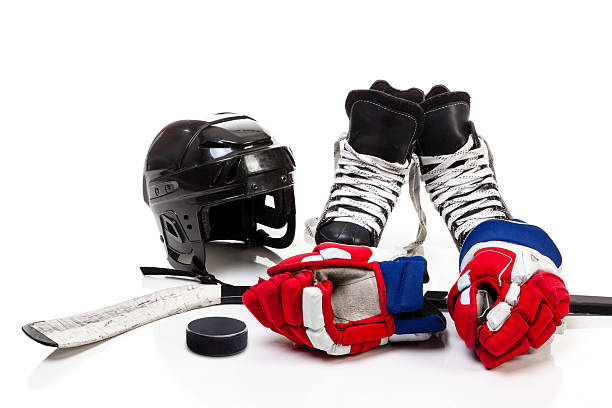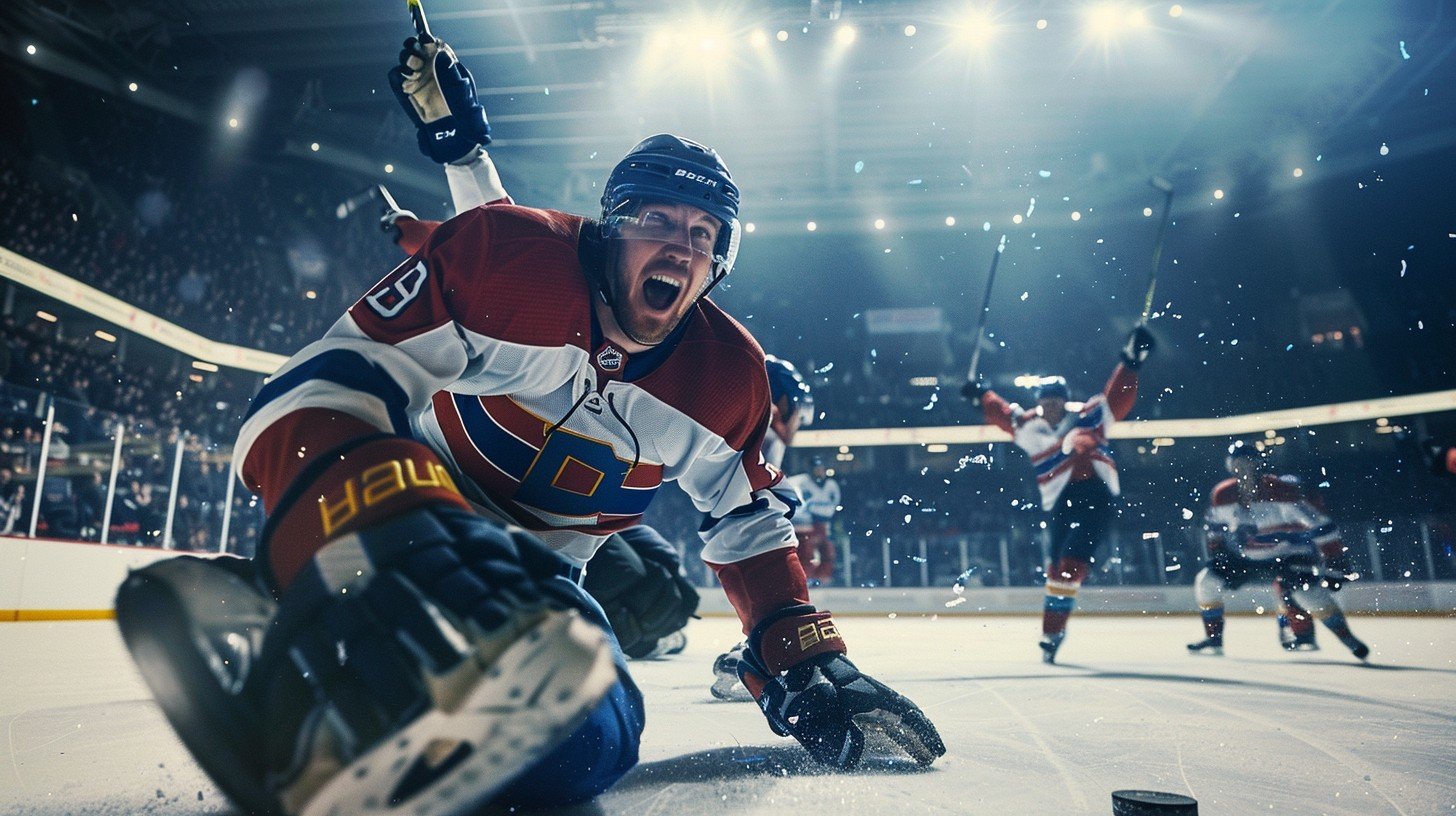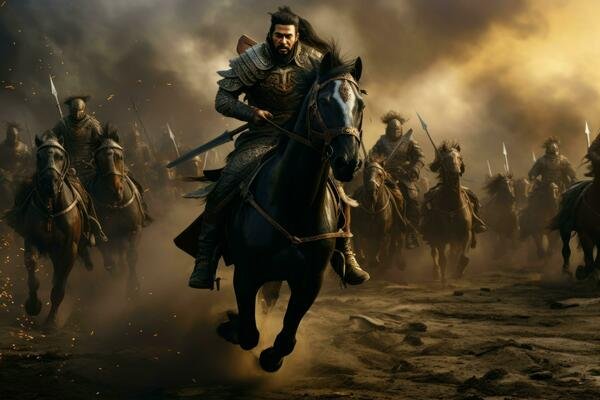Hockey is an exhilarating sport full of action, strategy, and skill. Whether you’re a newcomer to the game or a seasoned fan, understanding the rules is crucial for appreciating the nuances of this fast-paced sport. In this guide, we’ll break down everything you need to know about hockey rules, from basic concepts to more advanced regulations.
Outline of the Article
1. Introduction to Hockey Rules
- Brief History of Hockey
- Importance of Understanding Hockey Rules
2. Basic Hockey Rules
- The Objective of the Game
- The Basic Structure of the Game
- Duration of a Game
- Equipment Used in Hockey
3. Players and Positions
- Number of Players
- Key Positions on the Ice
- Roles and Responsibilities of Each Position
4. Game Play Regulations
- How to Score a Goal
- The Offside Rule
- Icing and Its Consequences
- The Blue Line Rule
5. Penalties and Fouls
- Common Types of Penalties
- Minor vs. Major Penalties
- Power Plays and Penalty Killing
- Understanding Major Penalties
6. Face-offs and Draws
- What is a Face-off?
- How Face-offs Work
- The Importance of Face-offs in the Game
7. Special Teams
- Power Play vs. Penalty Kill
- Shorthanded Situations
- The Role of Special Teams in Hockey
8. Officiating in Hockey
- Types of Officials
- Responsibilities of Referees and Linesmen
- How Referees Make Decisions
9. Understanding the Rink
- The Layout of the Hockey Rink
- Key Areas of the Rink
- The Significance of the Zones
10. Strategies and Tactics
- Basic Offensive Strategies
- Basic Defensive Strategies
- Common Game Tactics
11. The Importance of Sportsmanship
- Respecting Opponents and Officials
- Good Sportsmanship Practices
12. Hockey Terms and Jargon
- Common Terms Used in Hockey
- Understanding Hockey Lingo
13. Hockey Rules in Different Leagues
- NHL Rules vs. International Rules
- How Rules Can Vary Between Leagues
14. How to Learn More About Hockey Rules
- Recommended Resources
- Where to Watch Games and Learn
15. Conclusion
- Recap of Key Points
- Encouragement to Explore the Game
Introduction to Hockey Rules
Brief History of Hockey
Hockey has a rich history that dates back centuries, evolving from early stick-and-ball games into the organized sport we see today. The modern version of ice hockey began to take shape in the late 19th century in Canada, where it quickly gained popularity. Understanding this historical context can give fans a deeper appreciation for the sport’s rules and traditions.
Importance of Understanding Hockey Rules
Hockey is a fast-paced game with a lot of action. It can be difficult to follow what’s happening on the ice. But if you know the rules, you’ll be able to understand what’s going on and appreciate the strategy involved. Whether you’re watching a game, playing in a league, or coaching a team, knowing the rules will help you enjoy the game more.
Basic Hockey Rules
The Objective of the Game
At its core, hockey is a game where two teams compete to score goals. The team with the most goals at the end of the game wins. It sounds simple, but there’s a lot more to it than just putting the puck in the net!
The Basic Structure of the Game
A standard hockey game consists of three periods, each lasting 20 minutes. If the game is tied at the end of regulation, there’s usually an overtime period followed by a shootout to determine the winner.
Duration of a Game
Each period is 20 minutes long, and there are breaks between periods. These breaks allow players to rest and coaches to make adjustments. The total game time, including intermissions, is around 2.5 hours.
Equipment Used in Hockey

Hockey players wear specific gear to protect themselves and enhance their performance. This includes skates, sticks, helmets, pads, and gloves. Understanding the equipment helps you see why certain rules are in place, such as those concerning checking and fighting.
Players and Positions
Number of Players
Each team has six players on the ice at a time. The players are organized into three forwards, two defensemen, and one goaltender. Each player has a distinct role, and their positions are crucial to the team’s strategy. The forwards are responsible for scoring goals, while the defensemen are responsible for stopping the other team from scoring. The goaltender is responsible for stopping any shots on goal.
Key Positions on the Ice
- Forwards: These players are responsible for scoring goals and creating offensive opportunities.
- Defensemen: Their job is to prevent the opposing team from scoring and to support the forwards.
- Goaltender: The last line of defense, the goaltender’s role is to block shots and keep the puck out of the net.
Roles and Responsibilities of Each Position
Each position has specific duties during the game. Forwards work on scoring, defensemen focus on stopping plays and clearing the puck, and goaltenders protect the goal and make saves.
Game Play Regulations
How to Score a Goal
A Goal is scored when the puck completely crosses the goal line between the posts and under the crossbar. It sounds simple, but achieving this requires a mix of skill, strategy, and sometimes a bit of luck.
The Offside Rule
The offside rule ensures that players stay in the proper positions on the ice. A player is offside if they enter the offensive zone before the puck does. This rule prevents players from “cherry-picking” or positioning themselves close to the opponent’s goal without the puck.
Icing and Its Consequences
Icing occurs when a player shoots the puck from their half of the rink all the way across the center line and past the opponent’s goal line, without anyone touching it. This results in a stoppage of play and a face-off in the offending team’s defensive zone.
The Blue Line Rule
The blue lines divide the ice into three zones: defensive, neutral, and offensive. The blue line rule governs how teams move the puck across these lines and is essential for understanding the flow of the game.
Penalties and Fouls
Common Types of Penalties
Penalties are called for actions that break the rules of the game. Common penalties include tripping, slashing, and holding. These infractions result in a player being sent to the penalty box, giving the opposing team a temporary advantage.
Minor vs. Major Penalties
Minor penalties result in two minutes in the penalty box, while major penalties lead to five minutes. The nature of the infraction determines the type of penalty.
Power Plays and Penalty Killing
When a team has a player in the penalty box, the opposing team is on a power play. Conversely, the team with fewer players is on the penalty kill. These situations are crucial for changing the momentum of the game.
Understanding Major Penalties
Major penalties are given for severe infractions like fighting. They last five minutes and are more impactful than minor penalties.
Face-offs and Draws
What is a Face-off?
A face-off starts play after stoppages like goals, penalties, or offsides. Two players face each other, and the referee drops the puck between them.
How Face-offs Work
Winning a face-off gives the team control of the puck, which is crucial for gaining an advantage.
The Importance of Face-offs in the Game
Face-offs can determine possession and can influence the outcome of a game. Teams strategize extensively for these critical moments.
Special Teams
Power Play vs. Penalty Kill
On a power play, a team has more players on the ice and tries to score. During a penalty kill, the team with fewer players tries to defend and clear the puck.
Shorthanded Situations
When a team is shorthanded due to a penalty, it’s essential for them to play defensively and manage their limited numbers.
The Role of Special Teams in Hockey
Special teams can make or break games. Coaches develop strategies for these situations to maximize their chances of success.
Officiating in Hockey
Types of Officials
Hockey games are officiated by referees and linesmen. Referees call penalties and goals, while linesmen manage offside calls and icing.
Responsibilities of Referees and Linesmen
Referees oversee the game’s flow and enforce rules, while linesmen assist with specific rules and monitor the game’s physical aspects.
How Referees Make Decisions
Referees use their judgment and knowledge of the rules to make decisions. They often consult with each other and review plays to ensure fairness.
Understanding the Rink
The Layout of the Hockey Rink
The rink is divided into three main sections: the defensive zone, the neutral zone, and the offensive zone. Each zone has specific rules and strategies associated with it.
Key Areas of the Rink
Important areas include the crease, the face-off circles, and the blue lines. Each area plays a role in game strategies and rules.
The Significance of the Zones
Understanding these zones helps you follow the game’s structure and strategies.
Strategies and Tactics
Basic Offensive Strategies
Offensive strategies involve creating scoring opportunities, such as setting up plays and exploiting weaknesses in the opponent’s defense.
Basic Defensive Strategies
Defensive strategies focus on preventing goals through positioning, blocking shots, and intercepting passes.
Common Game Tactics
Teams use various tactics, like the forecheck or the trap, to control the game’s pace and momentum.
The Importance of Sportsmanship
Respecting Opponents and Officials
Good sportsmanship is crucial for maintaining the integrity of the game. Respecting players and officials ensures a fair and enjoyable experience for everyone.
Good Sportsmanship Practices
Promoting positive behavior and showing respect are key aspects of sportsmanship in hockey.
Hockey Terms and Jargon
Common Terms Used in Hockey
Terms like “hat trick,” “power play,” and “penalty box” are common in hockey. Understanding these terms helps you follow the game more effectively.
Understanding Hockey Lingo
Familiarity with hockey lingo enhances your viewing experience and allows you to engage more with the sport.
Hockey Rules in Different Leagues
NHL Rules vs. International Rules
Different leagues have variations in their rules. NHL rules differ from those in international play, and knowing these differences can be useful for fans and players.
How Rules Can Vary Between Leagues
Understanding these variations can deepen your appreciation for the sport and its diverse competitive environments.
How to Learn More About Hockey Rules
Recommended Resources
Books, online courses, and official rulebooks are great resources for learning more about hockey rules.
Where to Watch Games and Learn
Watching games and analyzing plays can also be a valuable way to learn about the rules and strategies of hockey.
Conclusion
Understanding hockey rules is essential for anyone looking to appreciate the game’s full depth and excitement. From basic concepts like scoring and penalties to more advanced topics like special teams and officiating, this guide covers the fundamentals you need to know. By familiarizing yourself with these rules, you can enhance your enjoyment of the game and engage more deeply with hockey.
FAQs
1. What is the main objective of a hockey game?
The main objective is to score more goals than the opposing team by getting the puck into the opponent’s net.
2. How long is a standard hockey game?
A standard hockey game consists of three 20-minute periods, with breaks in between. If the game is tied, there is overtime and possibly a shootout.
3. What is the offside rule in hockey?
A player is offside if they enter the offensive zone before the puck does, which results in a stoppage of play and a face-off.
4. What is a power play?
A power play occurs when one team has a player in the penalty box, giving the opposing team a temporary numerical advantage.
5. How do face-offs work in hockey?
Face-offs start play after stoppages, where two players face each other and the puck is dropped between them to begin play.
What’s going on in 2024?
To know Click here->https://www.nhl.com/




